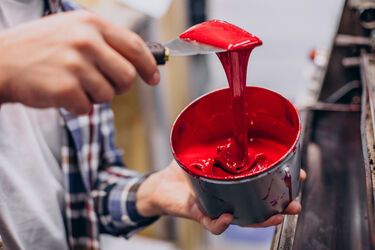Protection, waterproofing and durability: advantages and disadvantages of rubber paint

Rubber paint offers many advantages and features for those seeking to strengthen and protect surfaces. UAportal has prepared a comprehensive overview of the advantages and disadvantages associated with rubber paints, providing valuable information about their use.
Advantages of rubber paint:
- Protective barrier
Rubber paint provides a protective barrier against moisture, UV rays, and adverse weather conditions. It acts as a shield, protecting surfaces from potential damage.
- Waterproofing
Exceptional waterproofing properties are a key advantage of rubber paint. By creating a waterproof seal, it effectively prevents leaks and the damaging effects of moisture.
- Durability
Flexibility and durability are inherent qualities of rubber paint. Its ability to expand and contract with the substrate provides long-term protection that can withstand various environmental conditions.
Disadvantages of rubber paint:
- Cost
The cost of rubber paint tends to be higher than traditional paint options, which can be a financial constraint for some individuals or projects.
- Application
Application of rubber paint can be time-consuming due to the thorough surface preparation. Thorough cleaning and priming are required for optimal results.
- Variability
Rubber paint offers a more limited selection of colors compared to conventional paints, which can affect design options and preferences.
If you want to get the latest news about the war and events in Ukraine, subscribe to our Telegram channel!
